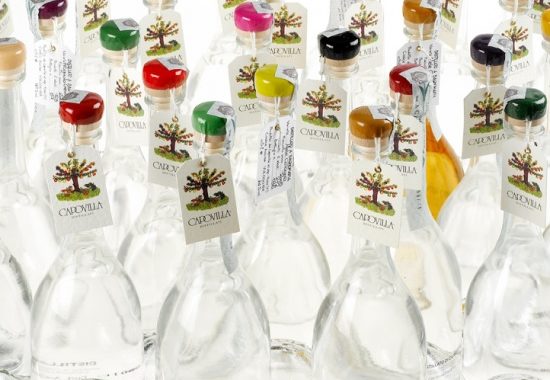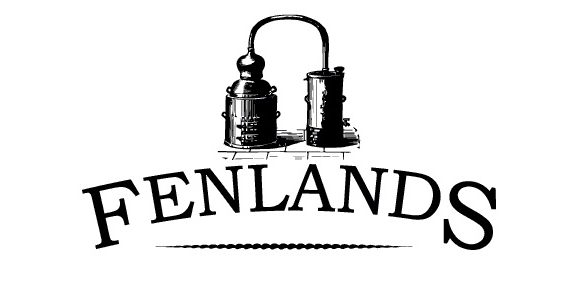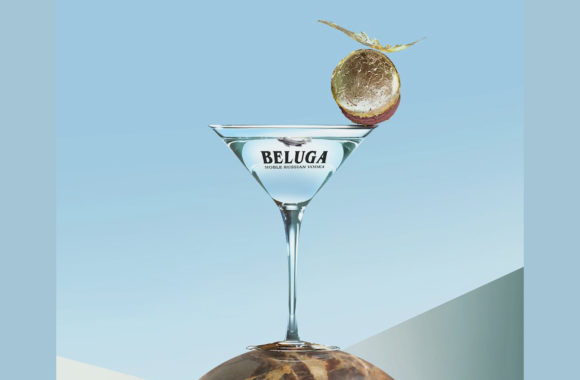
Haiti: Special Spirits
· James Phillips James Phillips on
Over the last few years we have witnessed a heavy tide turning against over-industrialised food and drink production. On these pages at the very least, we have mulled over what it means to work with artisan producers who care about using local, organic ingredients–in the case of craft beer–as an ethical tenet of their business. In our stores, through the range of products we stock and the people with whom we do business, we take the opportunity to showcase specific examples where traditional practices produce highly charismatic, interesting and exciting drinks. For me, rum does exactly this–but you need to look a bit harder to find special spirits, as I’ve mentioned before. So, I’m gong to progress my agenda once more by introducing you to one of my favourite, undervalued, spirit producing countries, Haiti.
It’s difficult to overstate the importance of Haiti. Leaving to one side its spirits for just one moment, the lessons it offers in social, political and economic issues are extremely valuable, even in our contemporary moment. Of course, this focuses on the slave revolt completed in 1804, which ended slavery under French colonial rule, which stands as the only successful slave revolt in history. These momentous historical events have without question contributed to the fierce sense of independence of Haiti, which finds a voice in its native spirit, Clairin.
Similar in style and production methods to rhum agricole–i.e., rum made from sugar cane–clairin demands a very strict approach to crafting this fiery and immensely characterful spirit that takes it beyond the qualification needed to produce the general rhum agricole. It all starts in the fields, where the sugar cane is grown among other species, such as banana and mango trees, which symbiotically maintain the nutrients and sustainability of soils. Against monocultural agriculture, the sugar cane grows as it would in the wild, with only native and non-hybridised strains allowed. Once the sugar can is ripe–typically after 18 months–it is brought to the distillery, pressed to extract the juice, which is then left to ferment by wild yeasts for up to 120 hours.
I wouldn’t want to get too geeky about wild yeast here–email me if you would like to chat!–but they are so integral to giving a spirit, wine or beer a fundamental sense of place that cannot be replicated anywhere else. You see, there is yeast everywhere. Think about making a sourdough starter at home. You have the yeasts latent in the flour, and the yeasts present in your kitchen, brought in by the fruit and vegetables you bring home, the flowers you purchase from the florist, and from the outside environment when you open your window. Your sourdough starter will be unlike any other owing to the complex interactions of yeast. Sounds good, doesn’t it?! In the same way that Belgian breweries are famed for their “house” strains of yeast latent in the rafters of the brewery, so do the clairin producers of Haiti utilise these unique and, at times, unpredictable little organisms. The result is an extremely characterful alcoholic liquid, which is then distilled in small copper pot stills and bottled straight after.
All these little steps, filled with idiosyncrasies, go along way to producing a spirit of remarkable character. But, it is perhaps all the little unknowns in between that make the whole much greater than the sum of its parts. So what does clairin from Clairin taste like? Well, they range from being intensely fresh, with a core of pure sugar cane flavours, with citrus and grassy herbal notes, to funky, earthy and spicy spirits. Each, though, are brimming with exuberance, aroma and texture. Where we have been turning to Mezcal, we should let it leas us to the spirits of Haiti as they are supreme and due a look in.







